How to Set Up a Tactical Belt: Essential Gear and Configuration Tips
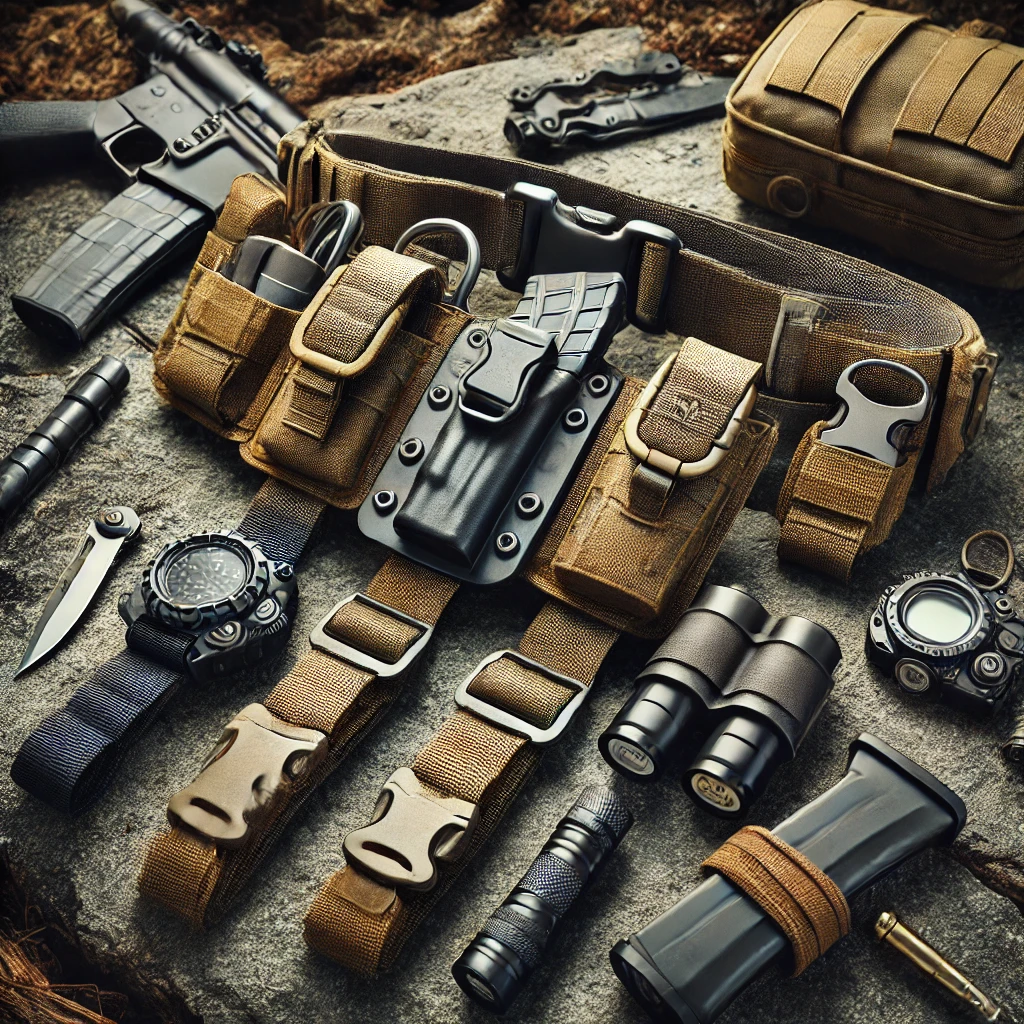
A well-organized tactical belt can be a game-changer for military personnel, law enforcement, outdoor enthusiasts, and survivalists. It provides quick access to essential tools while ensuring comfort and efficiency. In this guide, we will cover the must-have gear for a tactical belt, configuration tips, and the pros and cons of different setups.
Why a Tactical Belt is Essential
A tactical belt is more than just a sturdy strap around your waist—it is a crucial component of your loadout that ensures:
- Quick access to critical gear.
- Even weight distribution to avoid fatigue.
- Enhanced mobility for high-stakes situations.
- Customizable setups to suit different missions or environments.
Essential Gear for a Tactical Belt
The gear you attach to your tactical belt depends on your profession and intended use. Here are the most common and essential items:
1. Holster and Sidearm
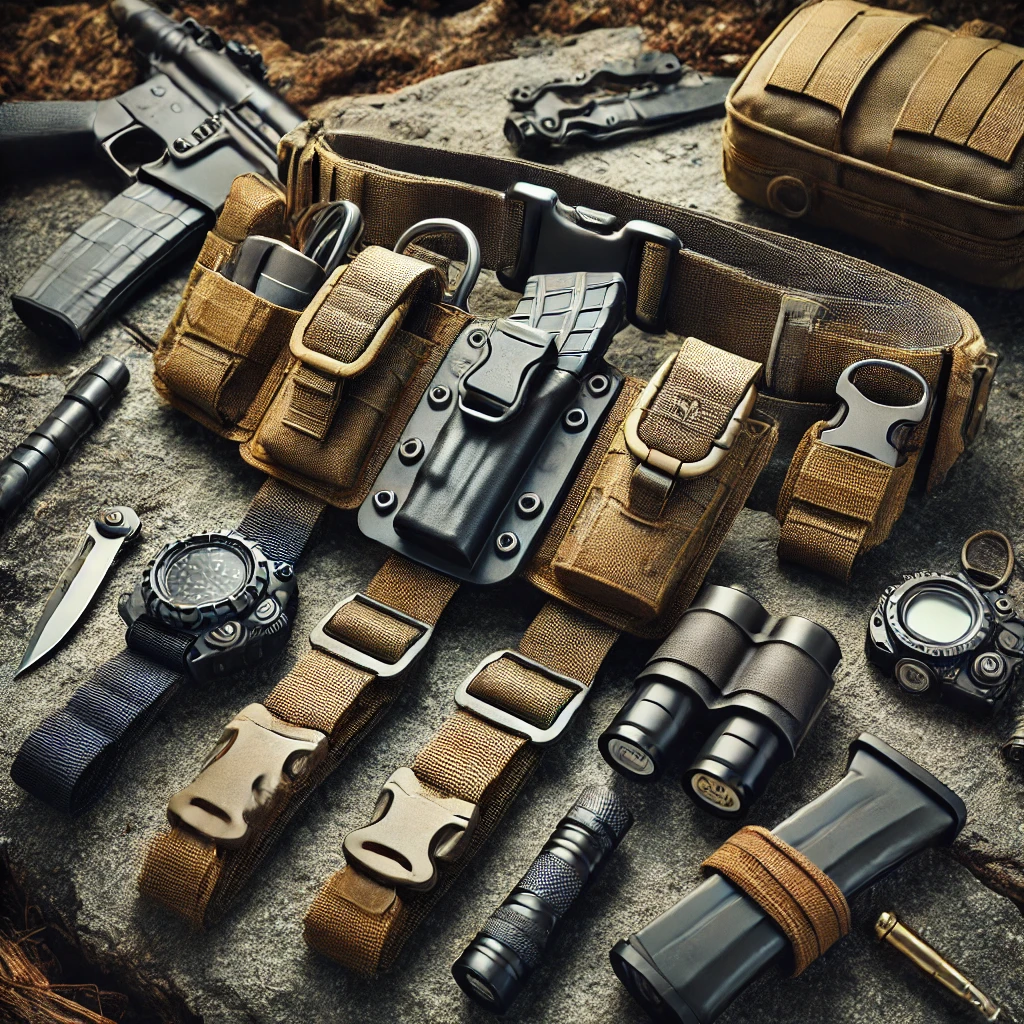
- Choose a high-quality retention holster for safety.
- Position for easy access, typically on the dominant-hand side.
- Consider a drop-leg holster for better weight distribution.
2. Magazine Pouches
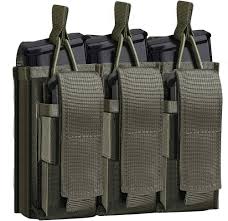
- Carry extra magazines for quick reloads.
- Arrange them in a way that ensures a smooth draw.
- Opt for MOLLE-compatible pouches for flexibility.
3. Multi-Tool or Knife
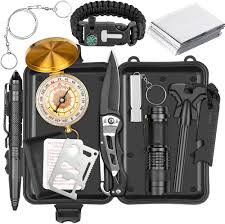
- A multi-tool provides versatility for various field repairs.
- A fixed or folding knife is essential for self-defense and utility tasks.
4. Flashlight and Holder

- A durable tactical flashlight improves low-light visibility.
- Choose a quick-release holder for easy access.
5. Medical Pouch
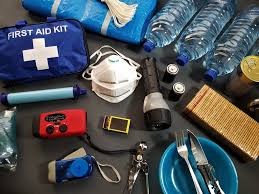
- A first-aid kit with trauma essentials like tourniquets and bandages.
- Quick-access positioning for emergencies.
6. Dump Pouch
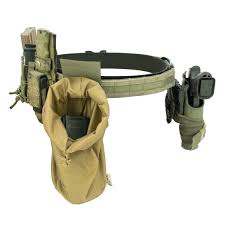
- Ideal for storing empty magazines or miscellaneous gear.
- Helps keep pockets free and maintains efficiency.
7. Communication Devices
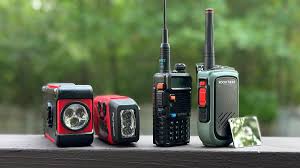
- A radio pouch for law enforcement and tactical teams.
- Hands-free communication options for better coordination.
8. Gloves and Utility Pouches
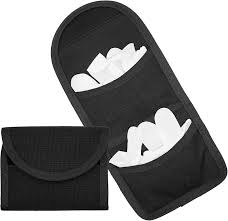
- Tactical gloves provide hand protection.
- Extra utility pouches for miscellaneous items like zip ties, notepads, or maps.
Configuring Your Tactical Belt for Maximum Efficiency
Setting up your tactical belt correctly ensures balance, comfort, and easy accessibility. Here are some key configuration tips:
1. Balance Your Load
- Avoid placing all weight on one side.
- Distribute items based on priority and ease of reach.
2. Keep High-Priority Gear Easily Accessible
- Place frequently used items (firearms, magazines, and flashlights) in positions where they can be quickly drawn.
3. Utilize MOLLE Webbing
- Modular Lightweight Load-carrying Equipment (MOLLE) allows for customization.
- Adjust and reposition pouches as needed.
4. Secure Your Gear
- Ensure holsters, pouches, and clips are firmly attached to avoid gear shifting or falling off.
- Use retention straps for additional security.
5. Test and Adjust
- Practice drawing and reloading under stress conditions.
- Adjust placement based on comfort and ease of use.
Pros and Cons of Tactical Belts
Pros:
✅ Quick access to essential gear. ✅ Reduces load on the back compared to plate carriers. ✅ Customizable to individual needs. ✅ Durable and adaptable for various environments.
Cons:
❌ Can be heavy if overloaded. ❌ Takes time to set up properly. ❌ May require additional training to use effectively.
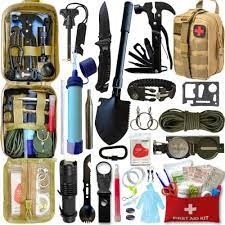
Frequently Asked Questions (FAQs)
1. What is the best tactical belt for beginners?
A sturdy nylon or leather belt with MOLLE compatibility is a good start. Brands like 5.11 Tactical, Condor, and Blackhawk offer great options.
2. How tight should a tactical belt be?
It should be snug but comfortable, allowing movement without shifting excessively.
3. Can I wear a tactical belt with body armor?
Yes, many users combine a tactical belt with a plate carrier for additional gear storage.
4. How do I prevent my tactical belt from sagging?
Use a rigid belt with proper support and avoid overloading it with heavy gear.
5. What is the difference between a tactical belt and a duty belt?
A tactical belt is customizable with MOLLE attachments, while a duty belt is often pre-configured for law enforcement use.
Conclusion
A well-organized tactical belt can significantly improve efficiency, mobility, and readiness in the field. By selecting the right gear and configuring it for your needs, you can ensure optimal performance whether in combat, law enforcement, or outdoor survival. Take the time to set up, test, and adjust your belt to find what works best for you!



Leave a Reply